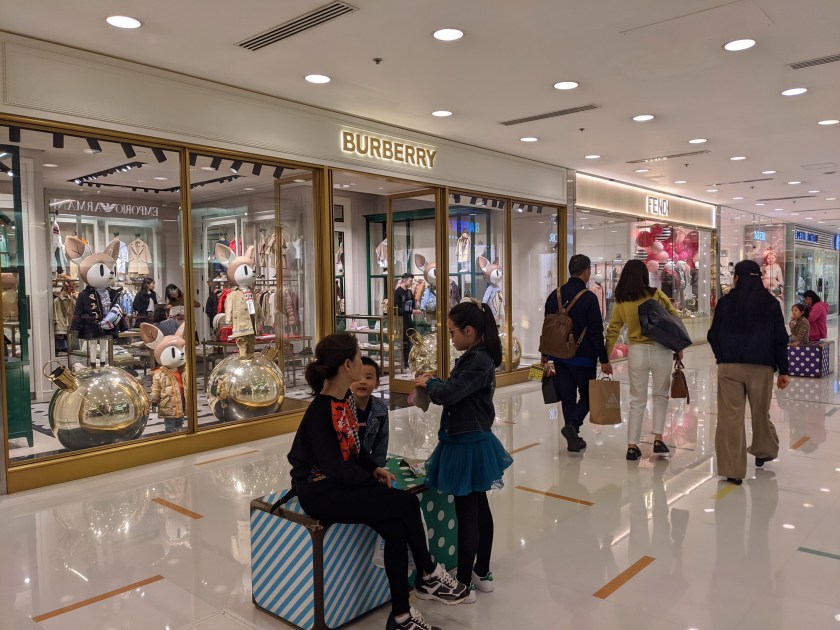Brian has always been obsessed with visiting geographic extremities. We’ve been to several “northernmost points.” In 2006, we hired a guy with a Humvee to drive us down a gravel spit outside Barrow, Alaska while we hunted with a GPS for the northernmost point in the US. Icebergs bobbed in the surf on that freezing August afternoon. In 2002, we rented a little fishing boat and floated over the northernmost point in the contiguous 48 states, which is technically in Minnesota but only accessible from Canada because of an 18th century surveying error. Later in 2002, we tromped across a farmer’s field to visit the northernmost point in Washington State, its extremity also the result of an old surveying error that placed one border marker just a little further north than the others along the supposedly straight border. The border between the US and Canada was invisible except for the difference in crops planted in each side.
None of these extreme points were different in any way from the areas that surrounded them. No plaque marked the importance of the spot, nor did a ticker-tape parade await us upon our return home. But all of these pointless expeditions to extreme points are etched in our memory because they brought us somewhere we wouldn’t have seen otherwise and forced us step out of our normal travel routine to get there. So it was natural that we would look forward to a visit to the northernmost point in Australia when we were in the neighborhood in February. Though one might argue that the concept of the northernmost point of the southernmost inhabited continent is a bit of an oxymoron, like “jumbo shrimp.”

If you look on a world map, you will see that Australia comes to a point on its northeast coast. That is Cape York and you can hike to the very tip. Unlike the neglected extreme points in the US, there is even a metal sign letting you now you really did find the right spot.

“But wait a minute,” you say accusingly, “if you are standing on the northernmost point, why is there more land right behind you?” Well, we were on the northernmost point of the Australian continent, not the country of Australia. To the north, in the gap between Australia and New Guinea, are the Torres Strait Islands. The Torres Strait Islanders are an ethnic group distinct from the indigenous people of the Australian mainland, culturally more similar to the inhabitants of New Guinea. We visited Thursday Island, the most populous of the Torres Strait Islands and its commercial and governmental hub.

Thursday Island is a lush tropical island but surprisingly unremarkable. The overall impression was of a tidy suburbia with the calls of the tropical birds often drowned out by the roar of lawn mowers. Our exploration was cut short by the unrelenting heat, which also stalked us when we visited the three biggest towns in northern Australia: Darwin, Port Douglas and Cairns. The high temperature was often over 100 degrees and the weather forecast would say “feels like 117” because of the humidity. We like to go-go-go when exploring a destination but we always wilted after just a couple hours. It is no wonder that the folks in Cairns held their Zumba classes in a pool (video).

All three cities market themselves as “the gateway to” beautiful national parks and outdoor recreation, smartly avoiding mention of their fairly meager in-city attractions. The highlight for us was a visit to Wildlife Habitat Port Douglas, an interactive zoo a few miles outside town. Many of the animals freely roamed around us visitors and feeding the kangaroos was encouraged.

And if you liked that pelican, here is a mesmerizing video of it vibrating the pouch on its throat, presumably to cool off. Many more photos of our new-found animal friends are below, followed by the other northern Australia destinations mentioned above.















































































































































































































































































































































































































































































































